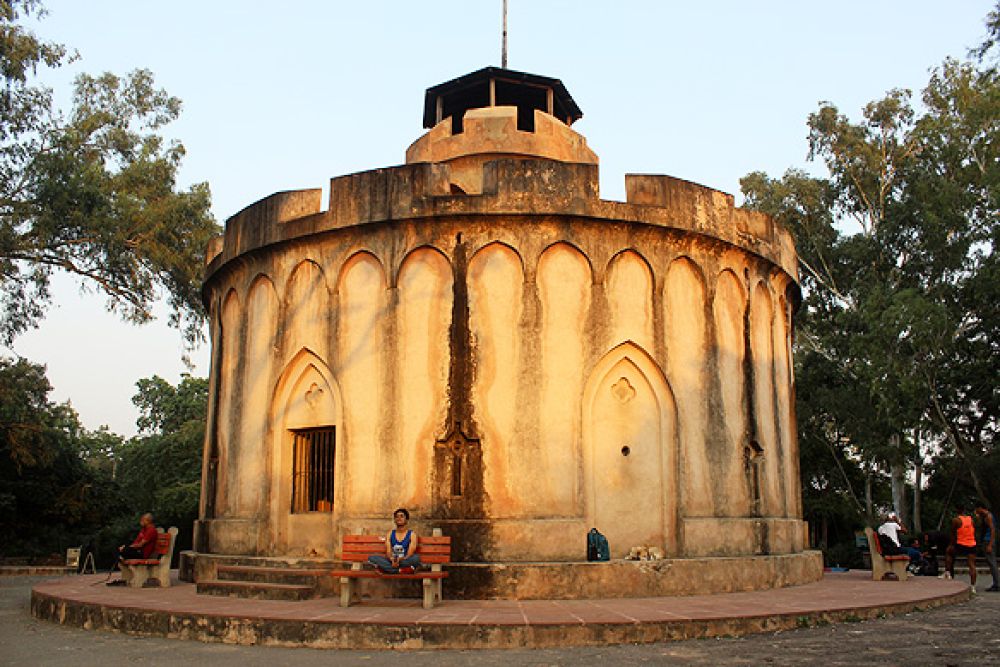

The Flagstaff Tower is a historical monument situated in the Northern ridge of New Delhi, India. It was built in 1828 by the British and served as a signal tower and a military felucca. The tower holds significant historical importance as it was a retreat for women and children of the British officials during the First War of Indian Independence in 1857. During the revolt, the tower was one of the last symbols of British sovereignty in the region as the rebels took over much of Delhi.
Over the years, the significance of Flagstaff Tower in colonial history has made it an essential destination for visitors interested in the British era and the Indian struggle for independence. The structure started gaining more attention from tourists and history enthusiasts in the years following India's independence in 1947.
In more recent years, efforts have been made to preserve and restore the Tower as part of Delhi's heritage trail, making it more accessible and informative for visitors, thereby invigorating the historical tourism sector linked to colonial and post-colonial studies.
Today, tourism at Flagstaff Tower is marked by a keen interest in India's colonial past. It has become a site where tour guides and historians bring alive the stories of bravery and tragedy associated with the 1857 uprising. The Tower, being located within the Kamla Nehru Ridge, which is rich in flora and fauna, also attracts nature enthusiasts and city dwellers looking for a respite from urban life.
Another trend is the growth of digital tourism tools such as virtual tours and augmented reality experiences, which have enhanced visitor engagement. Historical sites like the Flagstaff Tower are increasingly featured in digital heritage projects, where tourists can explore the past using the technology in their hands.
The recent focus on sustainable tourism has had an impact on the management of heritage sites such as the Flagstaff Tower. Authorities and tour operators are becoming more conscious of the need to preserve the physical integrity of the Tower while promoting educational and culturally sensitive experiences for visitors.